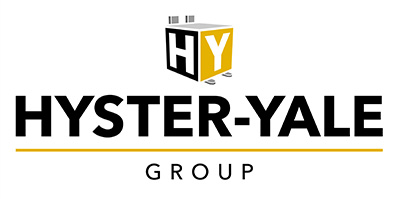Hyster-Yale Materials Handling, Inc., has acquired, through an indirect wholly-owned subsidiary, 75% of the outstanding shares of Zhejiang Maximal Forklift Company Limited for an aggregate purchase price of $90 million, funded using Hyster-Yale’s cash on hand.
The remaining 25% share of the new company, which will be named Hyster-Yale Maximal Materials Handling Co., Ltd. (“HY Maximal”), will be owned by current Zhejiang Maximal Forklift (“Maximal”) senior management through Y-C Hong Kong Holding Company Limited.
Maximal, a privately-held, Chinese OEM for utility and standard lift trucks and specialized material handling equipment founded in 2006, is involved in the design, manufacture, service and distribution of Class 1 electric and Class 5 internal combustion engine counterbalance utility and standard platforms, and Class 2 and Class 3 electric warehouse products in both the local China and global markets under the Maximal and SAMUK brands. Maximal also designs and produces specialized products in the port equipment and rough terrain forklift segments. Maximal has nearly 600 employees, and its 133,000 square meter facility in the Lushan Industry Area near Hangzhou, approximately 200 miles southwest of Shanghai, has a current production capacity of 30,000 units.
The proposed transaction is expected to expand Hyster-Yale’s low-cost, global manufacturing capabilities, develop access to competitive component sourcing, further strengthen Hyster-Yale’s utility and standard product portfolio by adding a wider spectrum of products to an already leading global materials handling business, and enhance the company’s presence in both the China market, as well as in the growing global utility and standard market segments.
Although Hyster-Yale has been in the China market for a number of years, the company’s market share has been limited and focused in the more premium segments. Maximal has achieved success in the utility and standard segments in this region, and this joint venture will allow Hyster-Yale to start reaching this expanded customer base. This is especially important for strengthening Hyster-Yale’s current China operations, which are operating on a scale below the level needed for long-term success. For the year ended December 31, 2016, Maximal had revenues of approximately $66.3 million, with domestic and export volume of nearly 6,000 units. Bookings and revenues in 2017 have increased nearly 20% over 2016.
Following the closing, HY Maximal will be a subsidiary of Hyster-Yale, but is expected to continue to operate as a separate entity within Hyster-Yale’s JAPIC segment, with its own management team and Board of Directors. Hyster-Yale will hold six seats on the HY Maximal Board of Directors and Y-C Hong Kong Holding Company Limited will hold three seats. Hyster-Yale will appoint the HY Maximal Chairman. Lu JinHong, Maximal’s current Chairman, will be appointed as HY Maximal’s Chief Executive Officer following the completion of the transaction. JinHong and his existing team have worked together for more than 10 years to build Maximal into a successful Chinese forklift OEM.
Commenting on the transaction, JinHong, said, “I am proud of the growth of Maximal, thanks to the great professionalism of the people that contributed to it and to the strong dedication to our customers. This transaction starts a new chapter in our history and I am delighted that we will continue to be run as a separate company as part of Hyster-Yale. In the course of our discussions it has been very interesting to find that there are significant similarities between Maximal and Hyster-Yale. While the products, the history, and the knowledge developed at Maximal are different, they are at the same time similar to those of Hyster-Yale so much so as to make a complementary creation of value possible.”
Article topics








